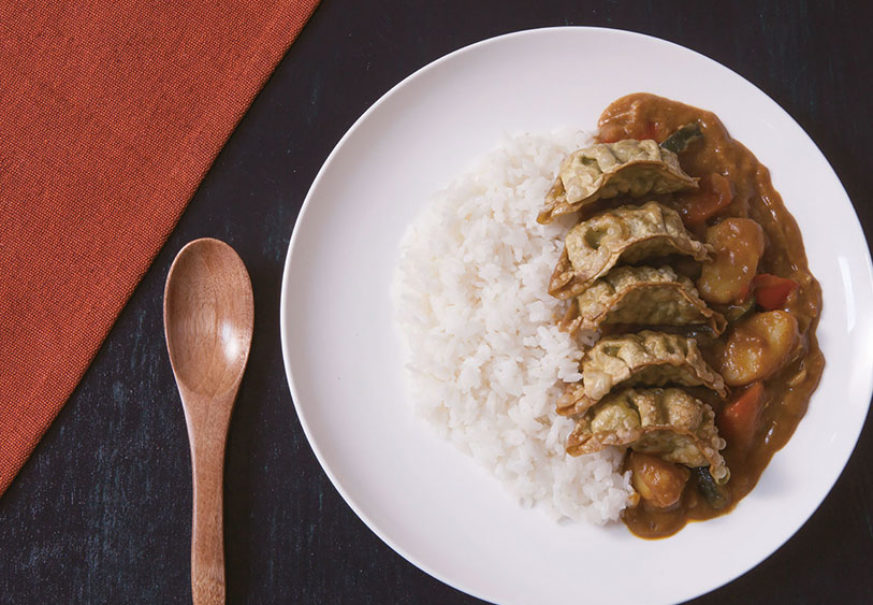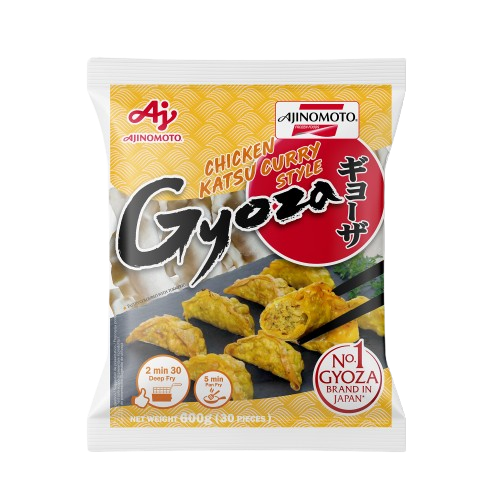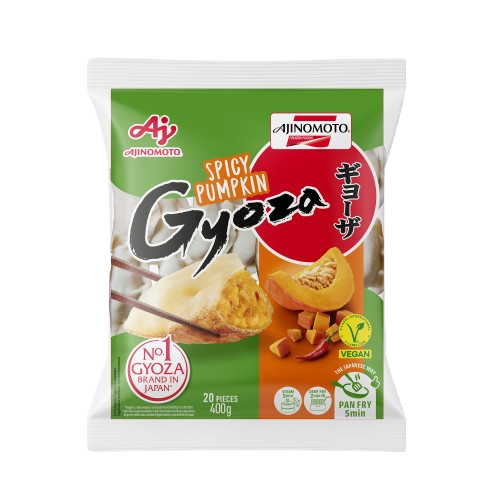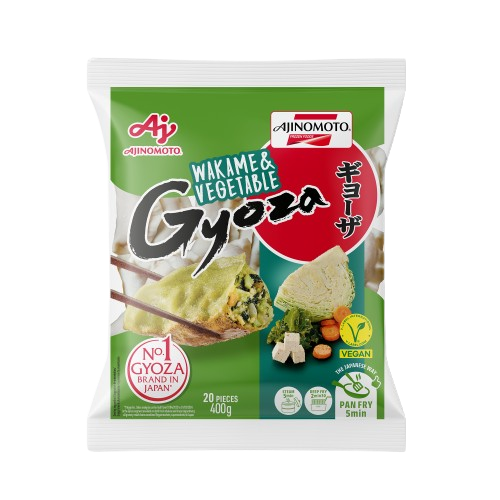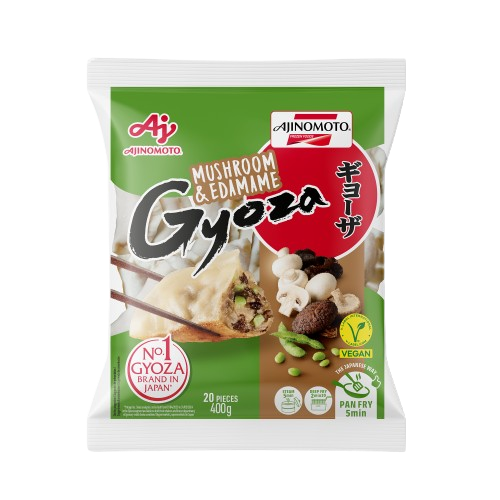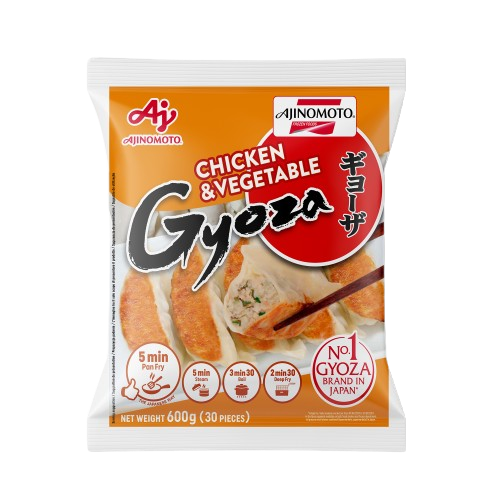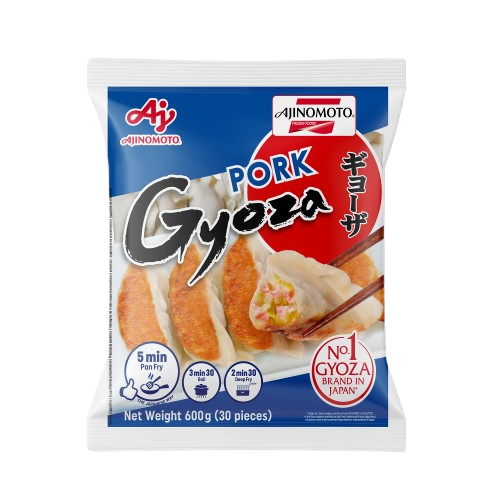HISTORY OF GYOZA
Gyoza dumplings come from ancient China and their Chinese name is Jiaozi. This dish was first mentioned in the Middle Kingdom as early as the 6th century BC. There are several theories about where the name “jiaozi” came from. One of the most popular is that the name derives from the unique shape of the dumpling, which resembles a horn. And the horn in Chinese is ‘jiao’. Then, another theory attributes the invention of “jiaosia” to the Chinese medicine practitioner Zhang Zhongjing. He cooked lamb meat, paprika and different medicines together for medicinal healing purposes, and then stuffed pieces of dough with the stuffing made from these ingredients. Which, in turn, he applied to the ears of the sick, treating frostbite in winter. Zhang Zhongjing’s recipe was adapted for cooking and the dumplings were soon found to be eaten across China.
Gyoza came to Japan during World War II when Japanese soldiers discovered Jiaozi during their stay in China. When the soldiers returned to the Land of the Cherry Blossoms, they wanted to copy the Jiaozi dish and in that way gyoza was introduced in that country. And why did they call these dumplings the way they did? Because in reality, gyoza is the Japanese pronunciation of jiaozi!
The Chinese version of gyoza is steamed or boiled in water. The original Japanese gyoza is prepared in a frying pan and then steamed for a short time. As a result, Japanese gyoza has a really crunchy crust on top and it is tender on the bottom with a very juicy filling inside. At the Ajinomoto Jawo plant, we produce the original Japanese gyoza.
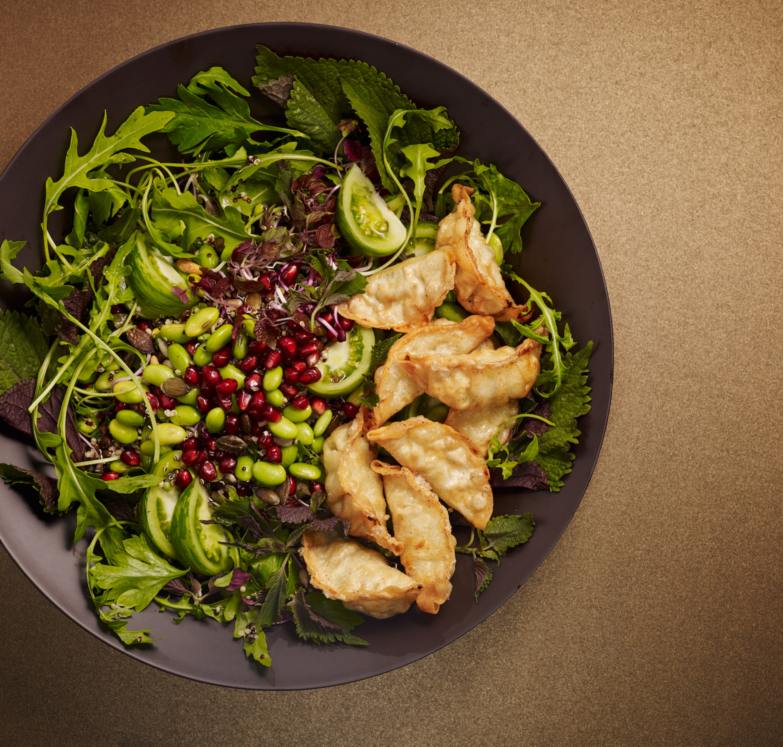
 JAWO Sp z o. o.
JAWO Sp z o. o.

